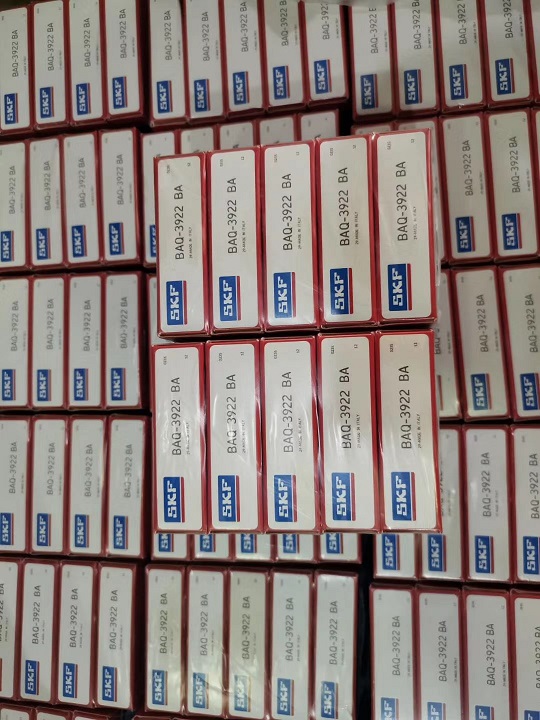Writer: Eric Bearing Limited
SKF Bearings are critical mechanical components widely used in electrical equipment to support rotating shafts, reduce friction, and ensure smooth operation. Their reliability and efficiency directly impact the performance and lifespan of electrical machinery. This article explores the key roles, types, and selection considerations of bearings in electrical applications.
Reducing Friction & Wear
Bearings minimize friction between moving parts, lowering energy loss and preventing premature wear. This is crucial for motors, generators, and fans where high-speed rotation is involved.
Supporting Loads
They handle radial and axial loads, ensuring stable rotation of rotors, spindles, and other components in devices like electric motors and turbines.
Improving Efficiency
High-quality bearings reduce mechanical losses, enhancing the overall energy efficiency of electrical systems.
Damping Vibrations & Noise
Precision bearings help mitigate vibrations and noise, which is vital for sensitive equipment like medical devices or precision instruments.

Widely used in small motors, pumps, and household appliances.
Low friction, suitable for high-speed applications.
SKF Roller Bearings
Handle heavier loads (e.g., industrial motors, wind turbine generators).
Types include cylindrical, tapered, and spherical roller bearings.
SKF Sleeve Bearings (Bushings)
Used in low-speed, high-load scenarios (e.g., transformers, large fans).
Require lubrication but offer quiet operation.
SKF Magnetic Bearings
Contactless, using electromagnetic forces (e.g., high-speed turbines, advanced HVAC systems).
Minimal maintenance and ultra-high efficiency.
SKF Bearings are indispensable in electrical equipment, ensuring efficiency, durability, and smooth operation. As technology advances, innovations in materials and smart monitoring will further expand their applications, supporting the evolution of modern electrical systems.
Tel: 00852-30697500
Fax: 00852-30697511
Email: sales@ericbearing.com
Message: Click Here Message!